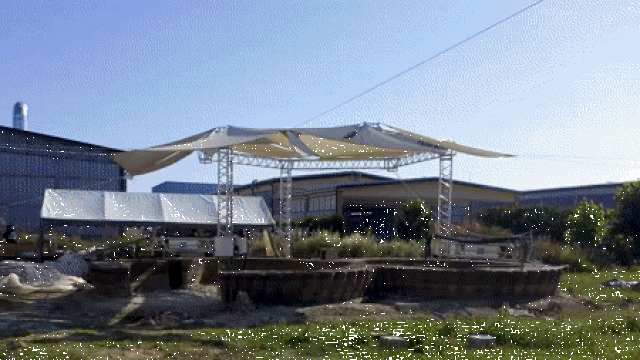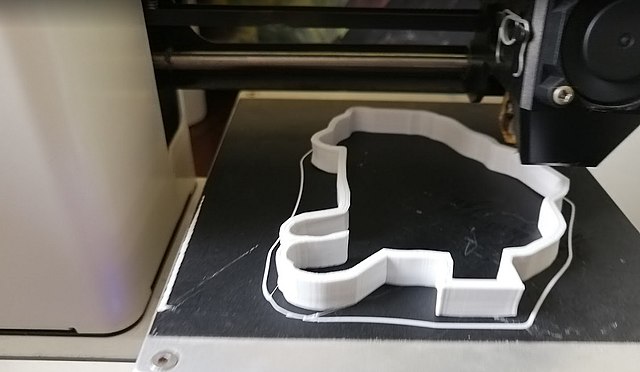3D printing in construction, eh? It’s not just some sci-fi fantasy anymore. These techy innovations are actually shaking things up, making building faster, cheaper, and a lot greener. But could this mean traditional construction is on its way out, and what does it mean for jobs in the industry? Let’s dive in and see what’s going on!
What is 3D Printing in Construction?
Basically, 3D printing in construction is when you use giant printers to stack layers of stuff like concrete into the shape of a house. Cool, right? This tech can whip up homes faster than you can say “mortar and bricks,” and it’s cheaper too! Companies like ICON and Apis Cor are already on it, printing houses in places like Mexico and the US. Oh, and don’t forget about other techy stuff like modular homes and robots also joining the construction game.
How These Technologies Could Disrupt the Industry
Speed is really the name of the game! 3D printing could slice construction times down to days instead of months—talk about a fast track. Costs? They get a trim too, thanks to optimised resource use and less waste. And don’t even get me started on how this tech could make housing more affordable, especially in spots where building costs are sky-high. With projects already popping up globally, it’s only a matter of time before traditional builders start feeling the heat to level up their game.

Big Projects So Far
- Austin Texas – House Zero is a 186-square-meter 3D-printed home with three bedrooms and two and a half baths.
- Glasgow, Scotland: BAM installed a 3D-printed staircase for a footbridge over the M8 motorway.
- IT Server Hotel: Europe’s largest 3D printed building.
- Accrington, England: Building for Humanity is building 46 net-zero carbon homes for low-income families and veterans.
Will Jobs Be Replaced?
Now, I know what you’re thinking—will 3D printing steal jobs? Yeah, maybe some traditional roles like bricklaying might take a hit. But not all is lost! Skilled jobs for stuff like electrical work or plumbing aren’t going anywhere soon. Plus, we’ll see new jobs cropping up to handle all these fancy machines and robots. It’s like, we might lose some old gigs, but new ones are just waiting to be created. The trick? Gotta get ahead by learning these new tech skills, so you’re not left behind when things really shift.
Adoption Challenges for 3D Printing
3D printing isn’t without its bumps. Regulations? Oh boy, loads of places don’t even know how to deal with 3D-printed houses yet. And let’s not ignore the hefty price tag on the tech itself—sure, it’s cheaper in the long run but that upfront cost ain’t small. Plus, 3D printing works great for simple structures but struggles with anything too complex. Lastly, not everyone’s sold on the idea of printed homes; some folks still prefer that traditional touch.

Conclusion
3D printing and other new construction techs are definitely changing the game. While traditional methods might never fully disappear, they’ll need to adapt to stay relevant. Some jobs will morph or vanish, but loads of fresh opportunities will rise up too. It’s all about evolving with the tech and grabbing those new chances as they come!


